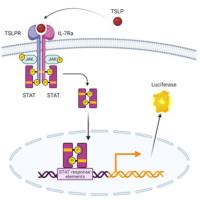Earlier studies with somatic cell hybrids had clearly shown that when malignant cells were fused with normal cells, the resulting hybrid cells were nontumorigenic and that reexpression of tumorigenicity was often associated with the loss of specific chromosomes derived from the normal parental cells (1 ). A more direct approach to identify chromosomes carrying tumor suppressor genes is the introduction of specific chromosomes into tumor cells by microcell monochromosome transfer (MMCT) (2 ). The key feature of this technique is that the transferred chromosome is retained as a complete structural unit in succeeding generations of recipient cells, unlike the technique of metaphase chromosome transfer, where the transferred chromosome is rapidly degraded. To allow for transfer and selective retention of single specific chromosomes, dominant selectable markers such as the bacterial neo gene, which encodes an aminoglycoside 3′phosphotransferase (APH), are integrated into individual human chromosomes via plasmid DNA transfection or retroviral infection. Chromosomes tagged with dominant selectable markers can then be transferred from normal cells into cancer cells previously shown to have deletions in specific chromosome regions (3 ). The MMCT procedure is schematically outlined in Fig. 1. MMCT was used successfully with cell lines from tumors of different histotypes to detect chromosomal regions containing tumor suppressor genes and to identify chromosomes involved in the tumorigenic phenotype.






